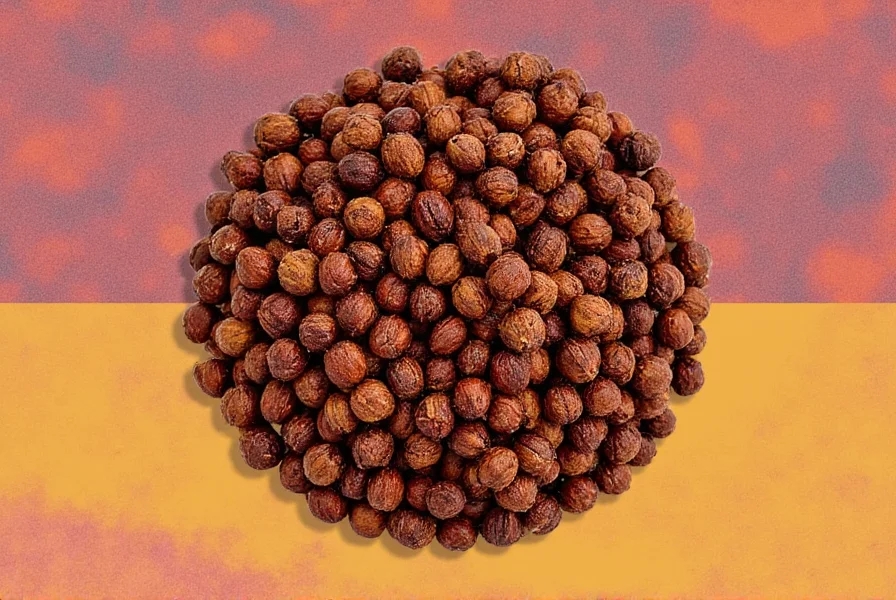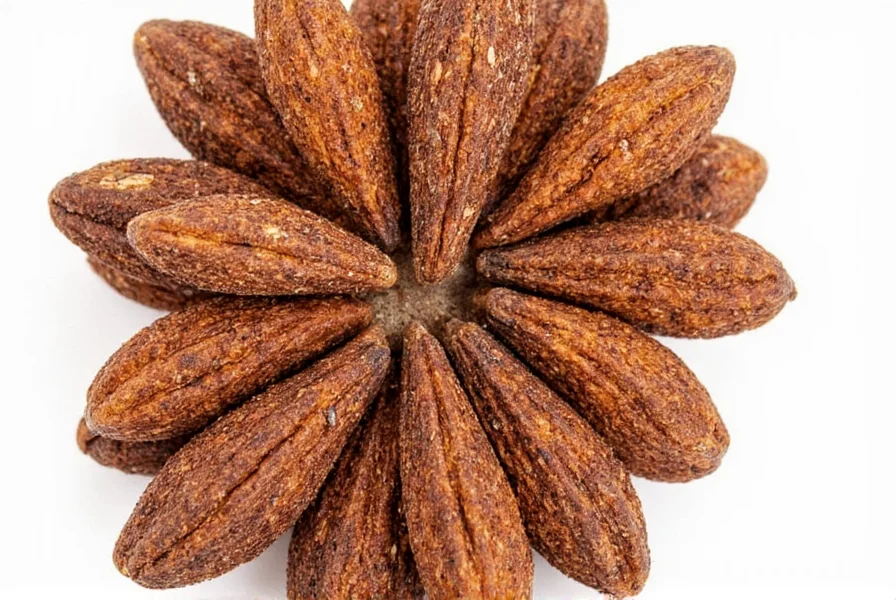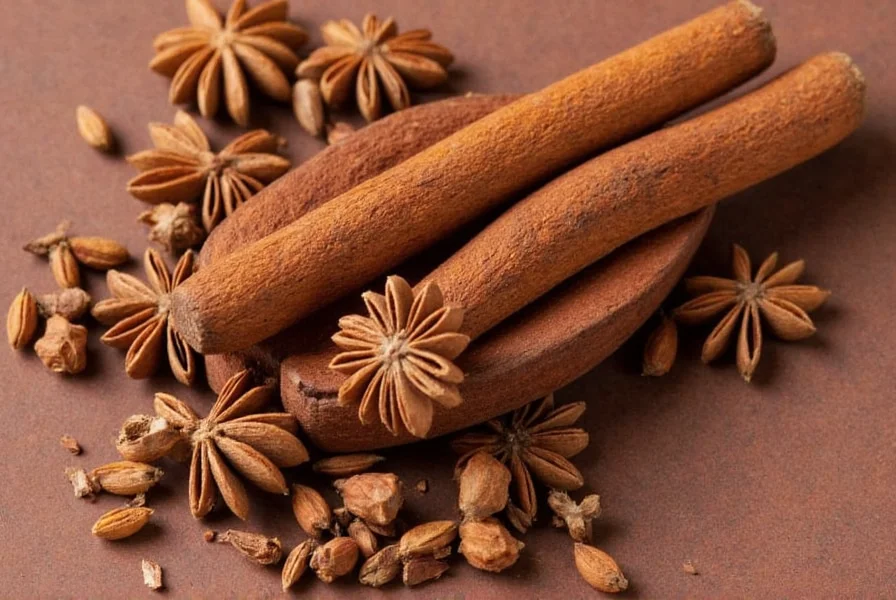Allspice remains one of the most misunderstood spices in the culinary world. Many home cooks mistakenly believe it's a pre-mixed combination of various spices, but in reality, it's the fruit of a single tree species related to the clove family. The berries are harvested while still green and then sun-dried until they turn brown, developing their distinctive aromatic properties during this process.
The Botanical Background of Allspice
The Pimenta dioica tree, belonging to the myrtle family, grows primarily in Jamaica, Mexico, Honduras, and other tropical regions. When Christopher Columbus encountered this spice during his voyages to the Caribbean, he mistakenly believed he had found a new variety of pepper, hence the name "pimenta." The English later coined the term "allspice" in the early 17th century because of its flavor reminiscent of several spices combined.

Flavor Profile and Culinary Characteristics
Allspice delivers a complex flavor that combines warm, sweet, and slightly peppery notes. Its aroma contains elements that remind people of:
- Cinnamon (warm sweetness)
- Nutmeg (earthy warmth)
- Cloves (pungent, slightly medicinal notes)
- Black pepper (subtle heat)
This unique combination makes allspice incredibly versatile in the kitchen. Whole berries maintain their flavor longer than ground allspice and are often used in pickling, stews, and braises, where they can be easily removed before serving. Ground allspice works well in baked goods, rubs, and spice blends.
| Form | Best Uses | Shelf Life |
|---|---|---|
| Whole berries | Pickling, braises, stews, mulled beverages | 3-4 years |
| Ground allspice | Baking, spice rubs, curry blends | 6-12 months |
Common Misconceptions About Allspice
One of the most persistent myths is that allspice contains a blend of spices. This confusion likely stems from its name and flavor profile. In some regions, particularly in the UK, "mixed spice" is sold as a blend that includes allspice along with other spices, further complicating the distinction between what is allspice versus what contains allspice.
Another misconception is that allspice comes from multiple plants. In reality, authentic allspice comes exclusively from Pimenta dioica berries. Products labeled as allspice that contain multiple ingredients are actually spice blends that include allspice as one component among others.
Culinary Applications Across Global Cuisines
Allspice plays a starring role in numerous traditional dishes worldwide:
- Caribbean cuisine: Essential in Jamaican jerk seasoning, curries, and pickles
- Middle Eastern cooking: Key ingredient in baharat spice blend and meat dishes
- Mexican and Central American dishes: Used in moles and adobo sauces
- Baking: Features in pumpkin pie spice, gingerbread, and fruit cakes
- Preserving: Common in pickling spice blends for vegetables and fruits
When using allspice in cooking, remember that a little goes a long way. Its potent flavor can easily overwhelm a dish if used excessively. For best results, toast whole berries before grinding to release their essential oils and enhance their aromatic qualities.

Substituting Allspice When You Don't Have It
If your recipe calls for allspice and you don't have any on hand, you can create a reasonable substitute by combining:
- 1 part ground cinnamon
- ½ part ground nutmeg
- ¼ part ground cloves
This mixture approximates allspice's flavor profile but won't be identical. Keep in mind that pre-made pumpkin pie spice often contains allspice as a primary ingredient, making it a convenient substitute in baking recipes.
Proper Storage for Maximum Flavor
To preserve allspice's complex flavor compounds, store it properly:
- Keep in airtight containers away from light and heat
- Whole berries retain freshness significantly longer than ground spice
- Ideal storage temperature is below 70°F (21°C)
- Check for freshness by aroma—fresh allspice should have a strong, sweet-spicy scent
Ground allspice typically maintains peak flavor for 6-12 months, while whole berries can remain potent for 3-4 years when stored properly. For the best culinary results, consider buying whole berries and grinding them as needed using a dedicated spice grinder or mortar and pestle.











 浙公网安备
33010002000092号
浙公网安备
33010002000092号 浙B2-20120091-4
浙B2-20120091-4